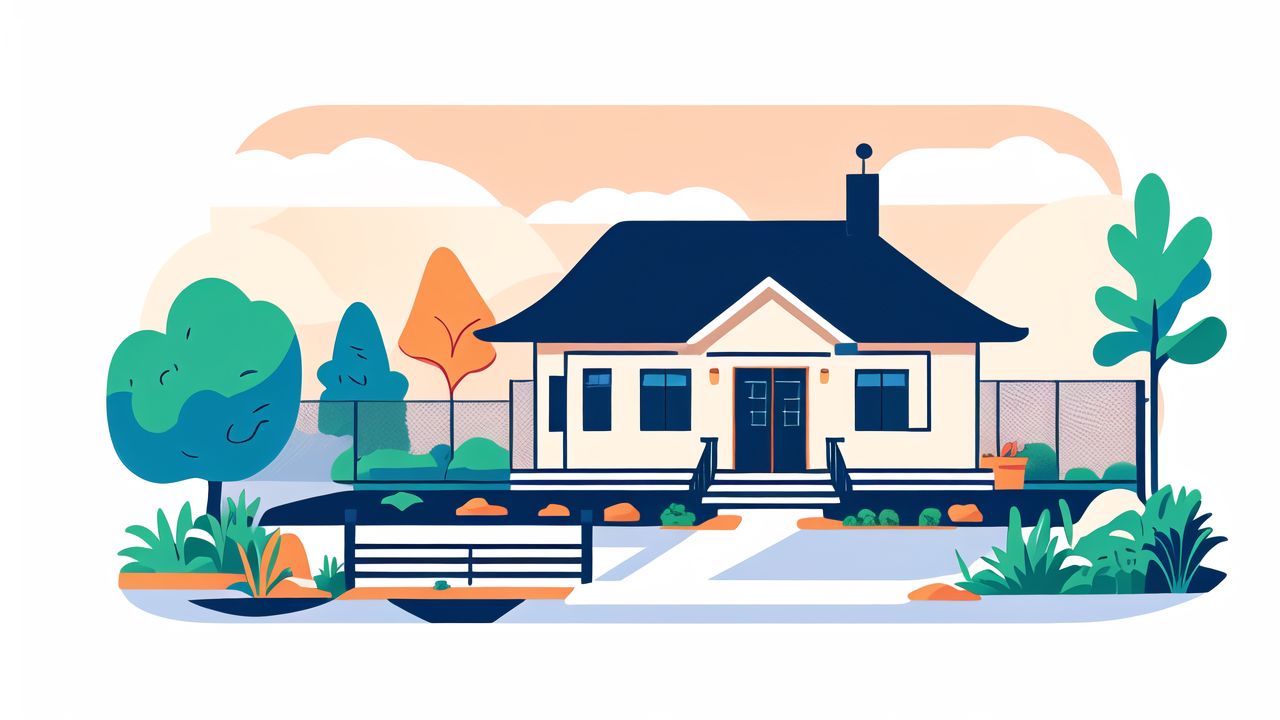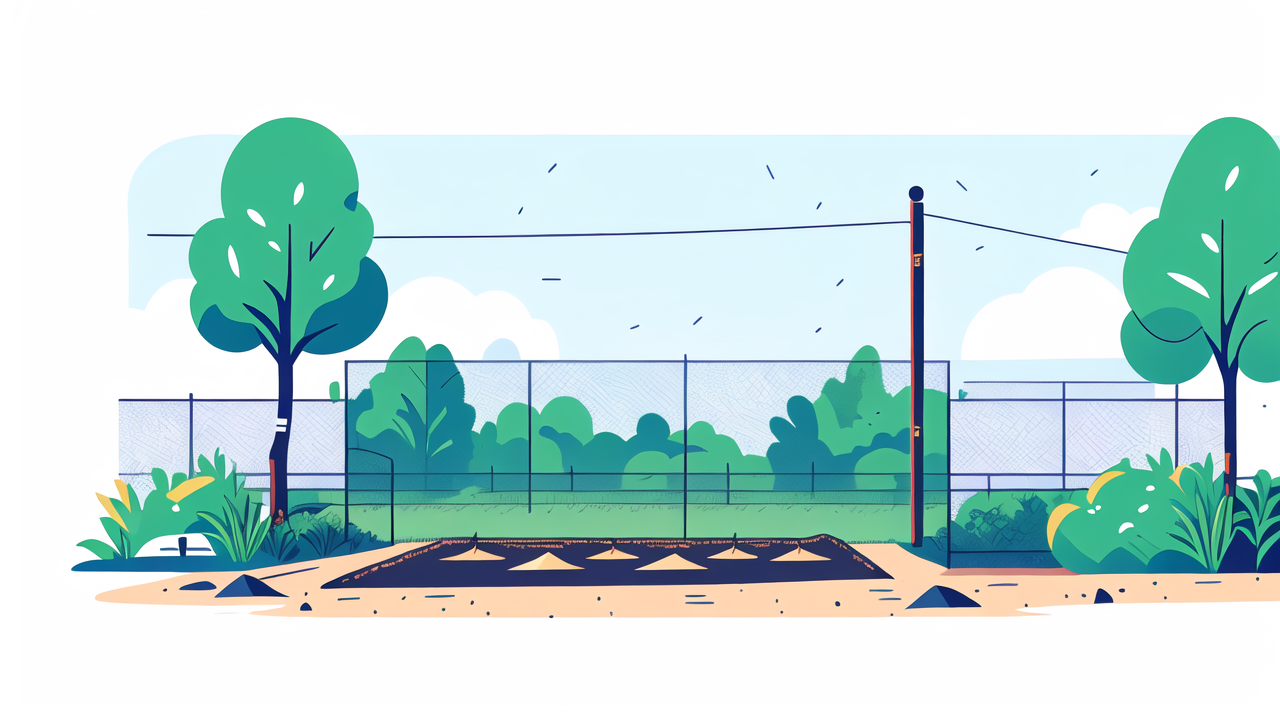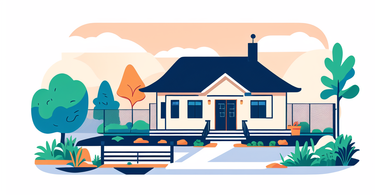Understanding the Different Types of Garden Fences
The Aesthetic and Functional Benefits of Each Fence Style
Garden fences come in various styles, each offering unique benefits. Wood fences provide a classic look and natural appeal. They blend well with most landscapes and offer privacy. Metal fences, like wrought iron, add elegance and security. They're durable and require less maintenance than wood. Vinyl fences are low-maintenance and come in many colors. They resist rot and insects, making them long-lasting. Chain-link fences are affordable and allow visibility. They're great for pet containment and defining property lines. Bamboo fences offer an eco-friendly option with a tropical feel. They're lightweight and easy to install. Each style has its pros and cons, so choose based on your needs and preferences.

Assessing Your Garden Fence Needs: A Homeowner's Guide
When choosing a garden fence, consider your main goals. Do you need privacy, security, or just a decorative element? Think about your climate and how it might affect different materials. Consider the maintenance you're willing to do. Some fences require regular painting or staining. Factor in your budget, including long-term costs. Think about your home's style and choose a fence that complements it. Consider the size of your yard and how a fence might impact it. If you have pets, ensure the fence can contain them safely. Check local regulations about fence height and materials. Finally, think about how long you want the fence to last. Some materials are more durable than others.
Step-by-Step Installation: Best Practices for Garden Fences
Preparing the Ground: Essential Tips Before Installation
Proper ground preparation is crucial for a long-lasting fence. Start by marking your property line accurately. Use a string line to ensure straight fence placement. Clear the area of vegetation, rocks, and debris. Check for underground utilities before digging. Level the ground as much as possible. Slight slopes are okay, but major ones need grading. For wooden fences, treat the soil with a weed killer to prevent growth. For all fence types, compact the soil to create a stable base. If you're in a windy area, consider deeper post holes. In areas with frost, dig below the frost line to prevent heaving. Good preparation prevents future issues and extends your fence's life.

The Installation Process: Efficiency and Safety
Begin by setting corner posts first. These guide the rest of your installation. Use a post-hole digger or auger for consistent holes. Pour gravel into the bottom of each hole for drainage. Mix and pour concrete for each post, ensuring they're plumb. Allow concrete to cure before attaching rails or panels. For wooden fences, use treated lumber for parts touching the ground. Install rails level and secure. For panel fences, start at one end and work your way down. Use proper safety gear like gloves and safety glasses. Have a helper for lifting heavy materials. Take breaks to avoid fatigue. Double-check measurements as you go. Ensure all parts are securely fastened. Clean up as you work to avoid trip hazards.
Post-Installation Care: Ensuring Your Fence Stands the Test of Time
After installation, inspect your fence regularly. Look for loose boards, rusting hardware, or signs of rot. For wooden fences, apply a sealant or stain every few years. This protects against moisture and UV damage. Clean your fence annually with appropriate cleaners. For vinyl, mild soap and water usually suffice. Metal fences may need rust removal and repainting occasionally. Trim vegetation away from the fence to prevent moisture buildup. Check for insect damage, especially in wooden fences. Tighten any loose screws or nails promptly. Address small issues before they become big problems. In winter, avoid piling snow against the fence. This can cause warping or damage. With proper care, your fence can last for many years, protecting and beautifying your property.
Navigating Legal and Regulatory Standards in the United States
Understanding Zoning and Building Permit Requirements
Before installing a garden fence, check local zoning laws. These vary by city and state. Most areas have height restrictions for fences. Front yard fences often have lower height limits than backyard fences. Some neighborhoods have rules about fence materials or styles. You may need a building permit for certain fence types or heights. Check with your local building department for specific requirements. They can provide information on setbacks from property lines. Some areas require professional surveys before fence installation. Historic districts may have special rules to preserve neighborhood character. If you're in an HOA, review their fence guidelines too. Understanding these rules helps avoid costly mistakes or legal issues.

Safety Standards and Compliance for Garden Fence Installations
Safety is paramount in fence installation. Ensure your fence meets all local building codes. These codes often specify minimum post depth and concrete requirements. For pool areas, special safety features may be mandatory. These can include self-closing gates and specific spacing between pickets. If your fence is near a sidewalk, ensure it doesn't create hazards for pedestrians. Check that all materials meet safety standards, especially for children and pets. Avoid sharp edges or protruding nails. If using treated wood, choose types safe for residential use. Proper grounding is essential for metal fences to prevent electric shock hazards. Follow manufacturer guidelines for installation and safety features. Regular inspections help maintain compliance and safety over time.
Maintaining Your Fence: Legal Considerations and Longevity
Proper fence maintenance is not just about aesthetics; it's often a legal requirement. Many municipalities have ordinances about fence upkeep. Neglected fences can be considered nuisances or safety hazards. Keep your fence in good repair to avoid potential fines or legal issues. If your fence is on a property line, discuss maintenance with your neighbor. Some areas have specific rules about shared fence responsibilities. For rental properties, landlords are usually responsible for fence maintenance. Document all repairs and maintenance for insurance purposes. If making significant changes, check if you need new permits. Be aware of any easements that might affect your fence. Proper maintenance extends your fence's life and keeps you in compliance with local laws. Regular care protects your investment and maintains good relationships with neighbors.
